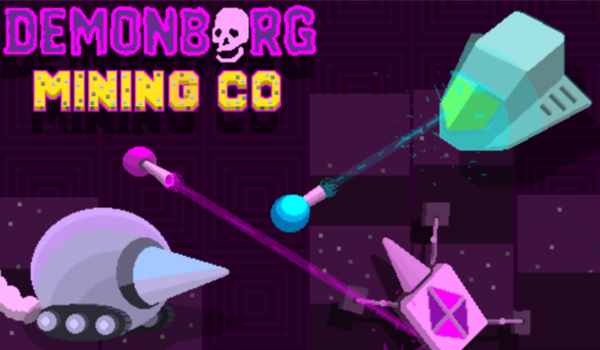
Welcome to the world of Gaia, where light and darkness meet, and a young woman faces her fate as the Bearer of Calamities. Originally released in 2016 from a successful Kickstarter campaign, Anima Gate of Memories received a decent reception and commercial success, and with a new game on the horizon, now seems like the perfect time to reintroduce players to the world of Gaia.
While I never played the original release, I have heard about it numerous times through the years, so I was very excited for this opportunity. A character action RPG based on the Tabletop RPG Anima Beyond Fantasy, this remaster brings the original two games to modern platforms with updated visuals and gameplay. In a year of incredible releases, does this game stack up? And is it worth your time?
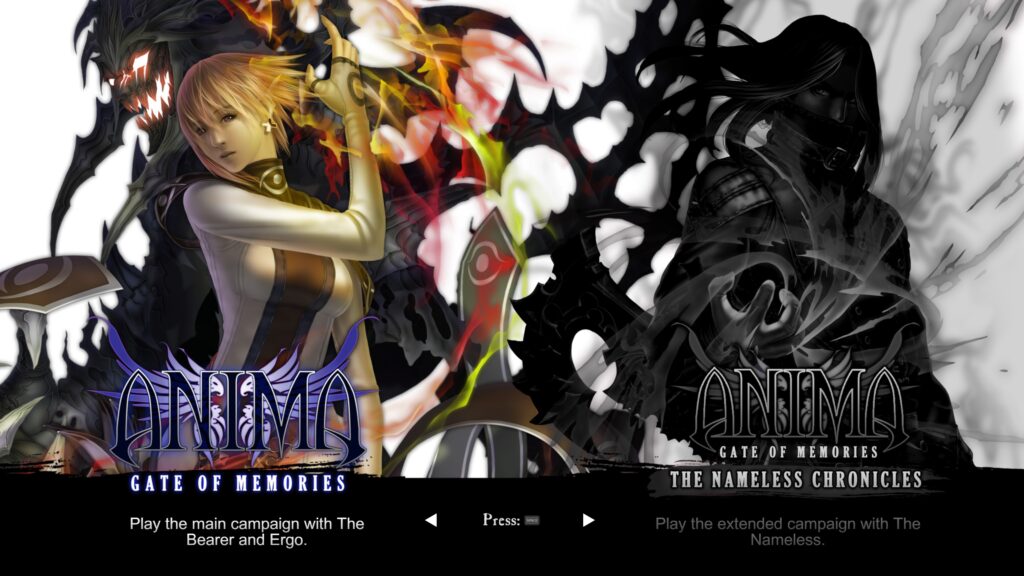
What’s Anima all about?
In the first Anima game, you play as the Bearer of Calamities, a young woman whose name was consumed by her contract with her companion, Ergo Mundus, a demon incarnate that lives trapped inside a book. Together, you must fight the Messengers, being of world-ending power, in the tower of Arcane to save the world from its prophecy of destruction. You fight through the worlds of memories of each messenger, getting to know more about them and what tragedies led them down their path before culminating in an impressive boss battle.
You’re essentially dungeon-crawling your way through the tower. Fortunately, this is not a linear experience. While your progress is gatekept, you only need to defeat a certain number of bosses to progress through the tower, so you can tackle the game in a very flexible order. Personally, though, I just went in order from wings one to five.
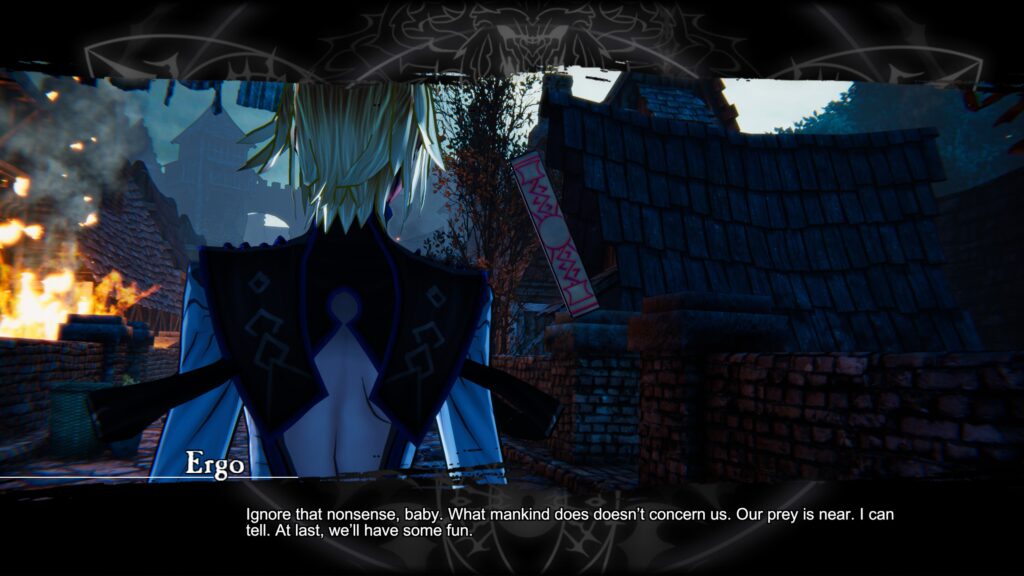
For the second Anima game, you play as The Nameless, an immortal who has lived for thousands of years and is one of the antagonists you fight multiple times in the first game. The Nameless Chronicles allows you to play through his journey into Arcane, uncovering further secrets and getting to truly see the man behind the monster in tandem with The Bearer and Ergo’s journey.
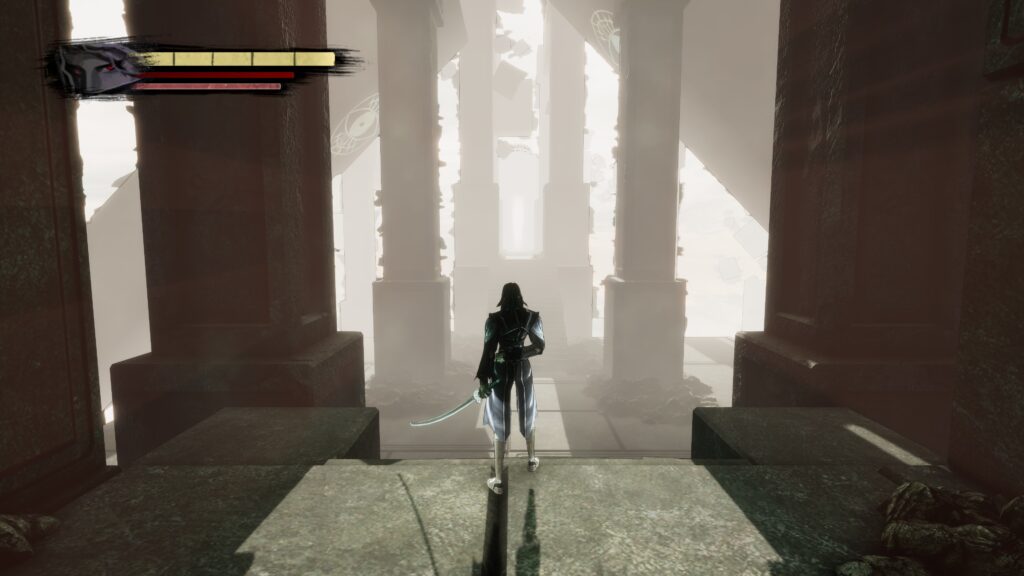
This game’s focus is primarily on combat with a rather hefty skill tree. You can unlock everything, so you don’t have to be too wise with how you spend your points. The real character stat building, however, is in how you equip your characters with weapons and artifacts. These can be found by exploring secret areas in the world or by purchasing them from Velez, a spirit that insists it is merely on the sidelines, neither helping nor hindering you.
You’ll find many other NPCs as you progress that you can free from the prison in the Mansion of Puppets, and you’ll want to release them all if you want to see everything.
Simply beating the game is fairly simple. If you rush through it, I can’t imagine it taking more than fifteen hours, but the real meat of the game is hidden in the extras: uncovering all the memories of the Messengers, locating the hidden weapons and quests, and finding all the lore. Doing all of this and reaching the true ending of the game is very satisfying, as well as overcoming the secret boss.
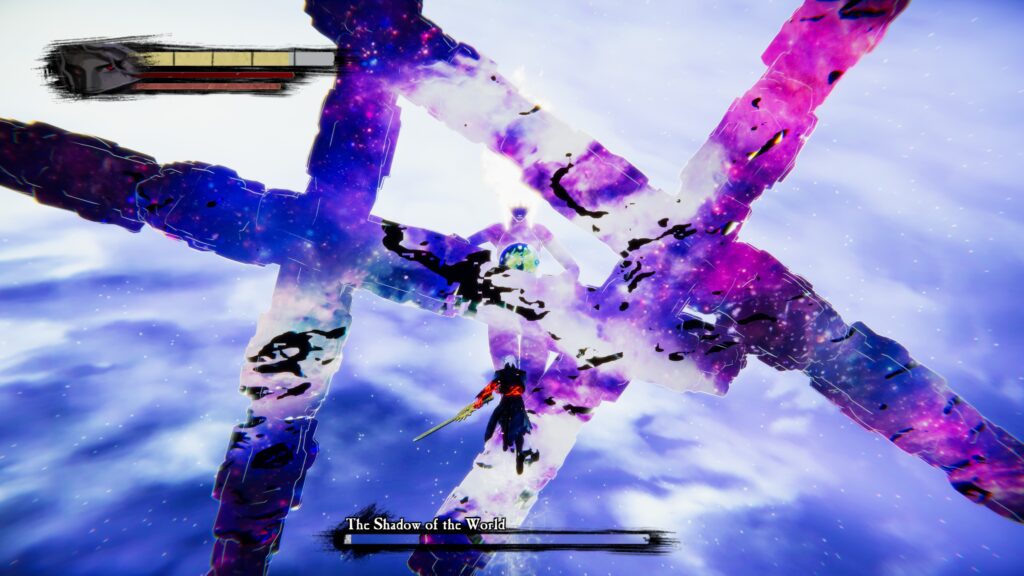
Engaging in mortal combat
Combat has quite a simple setup but a high skill ceiling. You have your basic attack, a rush attack, a magic blast, and an aerial launch with air combos. More moves can be unlocked through the skill tree, and you can assign moves as you like in the menu. Personally, I leaned into making Ergo Mundus my main physical attacker and The Bearer my magic attacker. There is no block, though, only a dodge. This means you have to get very good at timing your dodges to avoid damage. It feels good to string together a whole group of moves to deal a ton of damage, but it takes a while to get used to.
There is platforming, but frankly, it’s not very good. Thankfully, there’s not too much of it. Each wing dungeon also feels incredibly unique, with fun boss fights at the end of most of them, only one that I would say is a bit rubbish with its attack patterns.
You can’t make any broken builds either. No matter what you do, combat will still be tough, and you will die to bosses many times before learning the patterns. However, deaths do feel like they’re your fault, and when you eventually triumph, the elation is through the roof.

Theming is on point
I really enjoyed the characters and overarching story. There’s an engaging side story that you can explore, and it all comes together to feel worth completion. I certainly didn’t have to force myself to reach all the different endings for both games, that’s for sure. The Nameless Chronicles is shown here as Anima II, and while that may be correct in reality, it’s a shorter side experience that’s only a few hours to beat. It feels more like Anima I + side campaign DLC than I and II, particularly with how well they weave together to form a full narrative.
The theming is absolutely on point, too. This game is predominantly made by just three people, so I imagine most decisions were due to time and budget limitations. There aren’t many cutscenes, with most of the story taking place in almost moving comic panel form or with character models standing opposite with text and voice over. They’ve taken the limitations they had and made them into a stylised experience that works incredibly well.
The music and art design really pop. You can always tell which world you’re in, and the characters are all incredibly distinct. Technically, the game ran extremely well, with no real bugs or issues to note aside from one instance of a mini-boss not spawning to allow me to open a door. One quick reload later, and all was solved. Other than that, it was a buttery smooth and polished experience throughout.
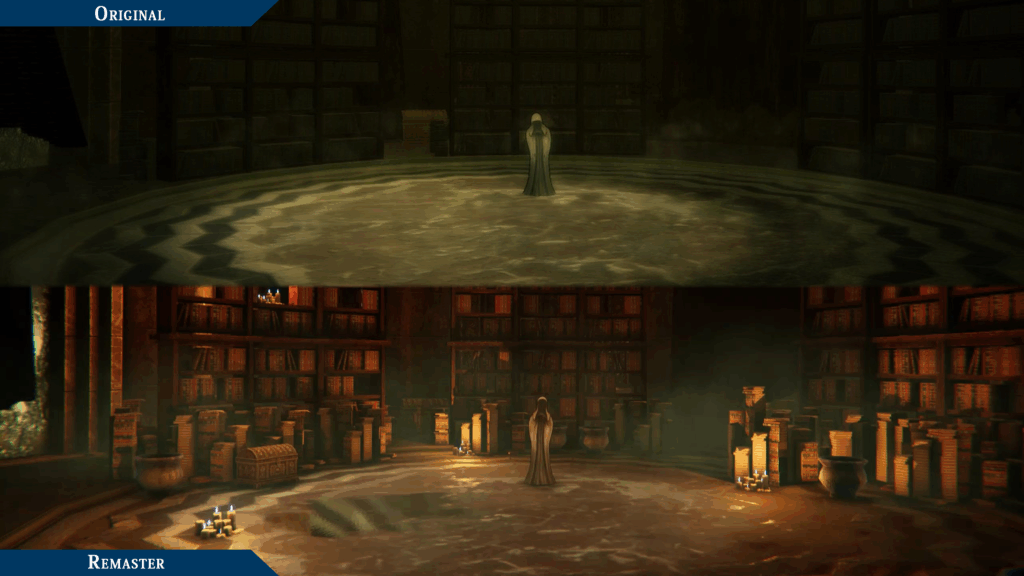
On the other hand…
I’ve lavished praise on Anima, but there are numerous issues. The voice-over is pretty decent overall, but one thing that sticks out like a sore thumb.
It’s obvious that actors weren’t given any form of pronunciation guide, with characters frequently using different pronunciations to each other mid-conversation. Something else is that the button prompts often show incorrectly. Frequently, even while using an Xbox controller, PS layout button prompts would show on screen. This only ever seemed to happen during in-world interactions rather than menu screens, at least, but it caused confusion multiple times.
Moreover, Anima wears its inspirations rather heavily on its sleeves. I frequently compared this to Nier Replicant and Devil May Cry in my mind while playing, which, to some extent, made me want to go play those games instead. Inspiration is fine and all, but when it’s to the level of making me want to play the games that inspired it over the game I’m currently playing, you’ve gone too far.
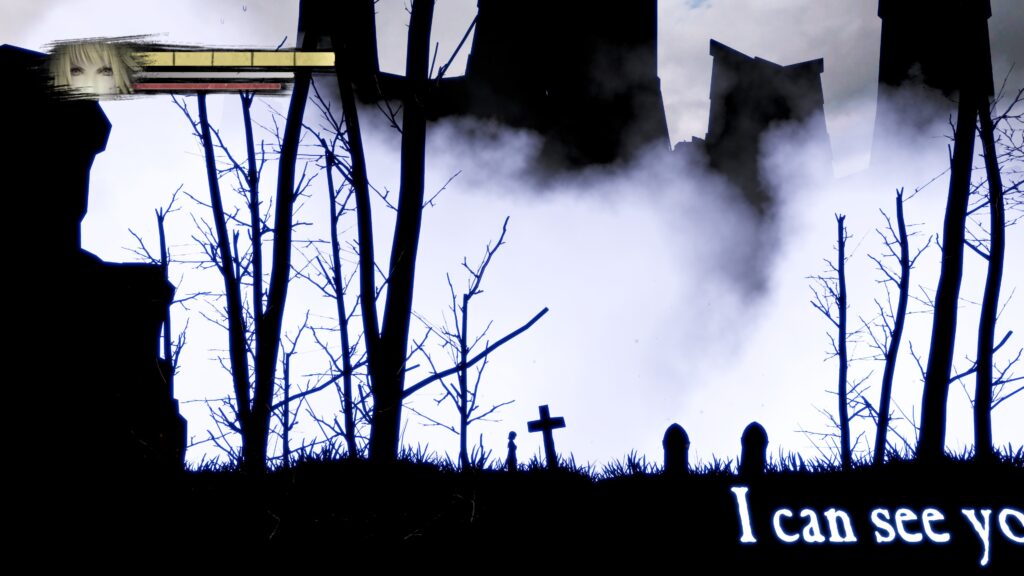
To Conclude
While Anima Gate of Memories I & II Remaster still has its flaws, the good continuously outweighs the bad, and the fact that it was made by such a small team is nothing short of amazing. For the cost of entry, I think it’s worth your time, and I’m very excited to see the next game in this series.

Developer: Anima Project
Publisher: Anima Publishing
Platform: PC (Steam), PS5, Xbox Series S/X, Switch 2
Played on: PC



